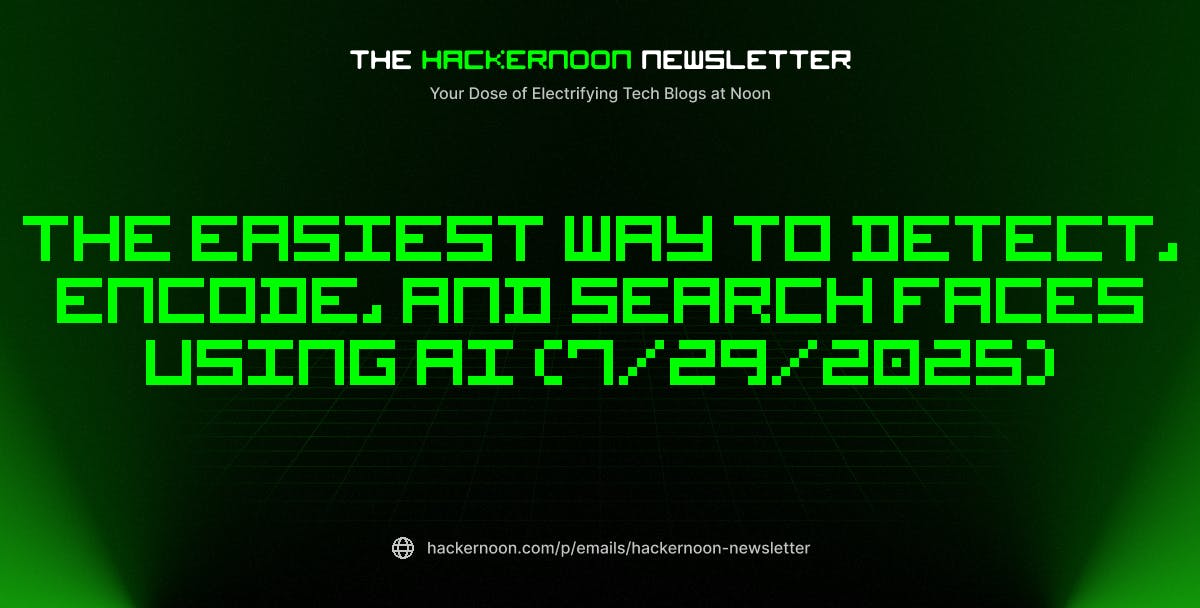Table of Links
Abstract and 1. Introduction
2. Data and quantitative nature of the events
2.1. Hourly data analysis
2.2. Transaction data analysis
2.3. Anchor protocol
3. Methodology
3.1. Network analysis: Triangulated Maximally Filtered Graph (TMFG)
3.2. Herding analysis
4. Results
4.1. Correlations and network analysis
4.2. Herding analysis: CSAD approach
5. Robustness analysis
6. Implications and future research
6.1. Relevance for stakeholders
6.2. Future lines of research
7. Conclusion, Acknowledgements, and References
Supplementary Material
2.1. Hourly data analysis
We use hourly closing price data from the CryptoCompare database (CryptoCompare, 2022) for 61 cryptocurrencies from 01 May 2022 00:00 to 16 May 2022 23:00 (UTC)[6]. This widely used proprietary data source excludes exchanges containing spurious volumes (see Alexander and Dakos, 2020 and Vidal-Tom´as, 2022), ensuring a high standard of data quality. Specifically, we use data from the Kraken digital currency exchange (the 4th largest exchange for traded volume according to CoinMarketCap, 2022b).
Figure 1 shows rescaled hourly closing prices for LUNA, UST and BTC. Dotted lines underline trigger events that led to the collapse: (a) 05 May 2022 12:00, (b) 07 May 2022 22:00, (c) 09 May 2022 14:00, (d) 11 May 2022 10:00. Since (a) 05 May 2022 12:00, a strong and persistent selling pressure was evident on BTC and LUNA, with negative hourly log-returns[7] at 13:00, 14:00 and 15:00, as reported in Table 1. On (b) 07 May 2022 22:00, UST lost its peg to USD for the first time as a consequence of the “liquidity pool attack” on Curve-3pool (Ashmore, 2022; Chainanalysis, 2022). In response to this event, the LFG intervened, defending the UST peg and recovering the price to around $0.995. However, on (c) 09 May 2022 14:00, UST lost its peg for the second (and last) time, giving rise to the main decrease in both LUNA and UST prices. Finally, on (d) 11 May 10:00, Kwon (2022a) presented the last attempt to defend the peg endorsing the community proposal 1164. After a beneficial impact that led the UST price to 0.8$, this announcement was interpreted by the market as the signal for the expected death of the Terra ecosystem, giving rise to the final crash in the market.
2.2. Transaction data analysis
o provide a complete overview of Terra project’s collapse, we analyse public trades (i.e. transaction data) for BTC, LUNA and UST. Compared to hourly prices, which are retrieved from CryptoCompare database (CryptoCompare, 2022), this new dataset is directly sourced from Kraken digital currency exchange using CCXT (Ccxt, 2022) Python package. Figure 2 reports hourly imbalances: positive values denote a selling pressure, while negative ones denote a buying pressure.[8] We observe interesting features that could be related to some of the events introduced in Section 1. First, on 05 May 2022 (a), we identify a strong, positive imbalance for BTC, with a value comparable to those detected during the main collapse of LUNA and UST (i.e. from 09 to 11 May 2022 (c-d)). We do not observe comparable high positive imbalance values for LUNA and UST on the same date. Therefore, even though we cannot confirm that short selling positions were opened against BTC as described by different social media sources (Hall, 2022; Ashmore, 2022; Locke, 2022), we remark the presence of a considerable selling pressure on this cryptoasset. In other words, if short selling positions were truly opened against BTC, 05 May 2022 should be the most plausible day in which this happened.[9] Second, focusing on the UST behaviour, we underline the existence of a remarkable selling pressure since 09 May 2022 (i.e. after the second UST de-pegging). This finding is particularly relevant, since the selling pressure after the first UST de-pegging (b) was remarkably lower than the second one, which could be in line with social media news when contending that attackers caused panic by selling whale-size UST holdings (Hall, 2022; Ashmore, 2022; Locke, 2022). This strategy would be similar to the one used to bring down Iron Finance, given that attackers waited to the second de-pegging, taking advantage of the uncertainty that already dominated the market (Finematics, 2021). Last but not least, it is relevant to emphasise that we cannot confirm the existence of a coordinated attack executed by related market agents. Indeed, the potential short selling against BTC and the Terra attack could have occurred at the same time by chance, in the context of a global economic uncertainty. In the case of Iron Finance collapse, no coordinated attack using a third cryptoasset was detected (Finematics, 2021).
2.3. Anchor protocol
Anchor (Anchor, 2022) was a savings protocol designed to allow users from Terra ecosystem to (i) lend capital (UST) and (ii) borrow capital (UST) using bonded assets (bAssets, i.e. tokens representing ownership of an asset on a Proofof-Stake blockchain) as collateral (see Figure 3). Anchor protocol was at the base of the fast expansion of Terra project since it offered to its depositors up to 20% APY. This scheme was similar to the one used by Iron Finance, which offered more than 100% APY (Iron Finance, 2021b).
Looking at Table 3 it is possible to see how, from 17 June 2021 to 06 May 2022, total UST deposits in Anchor increased by 3826%[10]. Consequently, before the Terra collapse, this protocol kept the 75% of all the UST circulating supply, leaving the remaining 25% as a means of exchange. According to Platias et al. (2020), Anchor’s mechanism was originally designed to allow the borrower to pay less interest as the utilization ratio (borrowed deposits divided by total deposits) decreased, resulting in lower interests for the depositor. However, despite the decrease in the utilisation ratio, the deposit interest rate was kept around 20% since 2021 (Anchor Protocol, 2021; Jung, 2022). In addition, the deposit interest rate was computed considering the yields of all bAssets used as collateral for borrowing the stablecoin, while its value did not increase significantly since January 2022. The unsustainability of the protocol is confirmed by capital infusions into Anchor’s reserves in February 2022 (Kelly, 2022) and by recurrent requests from community members for the modification of the interest rates’ mechanism (Anchor Forum, 2022). Compared to fiat currencies, UST was mainly used for speculative purposes, which implied that it was more prone to extreme market events. Looking at Table 3, we observe that, from 06 May 2022 to 11 May 2022, the protocol lost around 9.5 billions in UST, i.e. the 69% of the deposits. Thus, once it became evident that both the Terra system and the high-interest rate mechanism were at risk, depositors sold their UST igniting the bank run.
Authors:
(1) Antonio Briola, Department of Computer Science, University College London, Gower Street, WC1E 6EA – London, United Kingdom and UCL Centre for Blockchain Technologies, London, United Kingdom;
(2) David Vidal-Tomas (Corresponding author), Department of Computer Science, University College London, Gower Street, WC1E 6EA – London, United Kingdom, Department of Economics, Universitat Jaume I, Campus del Riu Sec, 12071 – Castellon, Spain and UCL Centre for Blockchain Technologies, London, United Kingdom ([email protected]);
(3) Yuanrong Wang, Department of Computer Science, University College London, Gower Street, WC1E 6EA – London, United Kingdom and UCL Centre for Blockchain Technologies, London, United Kingdom;
(4) Tomaso Aste, Department of Computer Science, University College London, Gower Street, WC1E 6EA – London, United Kingdom, Systemic Risk Centre, London School of Economics, London, United Kingdom, and UCL Centre for Blockchain Technologies, London, United Kingdom.
[6] The list of cryptocurrencies used in this paper and their corresponding sector according to taxonomy by Messari, 2022, is provided as supplementary material.
[8] In order to compute the imbalance, we firstly distinguish between public trades on the buy and sell side. We then multiply the volume of each transaction and the price at which it is executed, obtaining the transaction’s costs. We aggregate resulting transactions’ costs by hour. We finally subtract buy hourly transactions costs from sell hourly transactions costs.
[10] Data from Anchor protocol dashboard is available since 17 June 2021. No data are available on 07 May 2022.
















